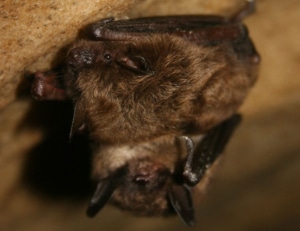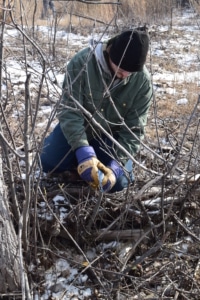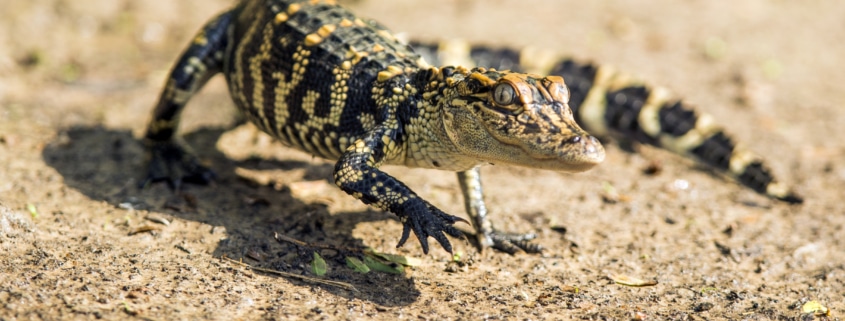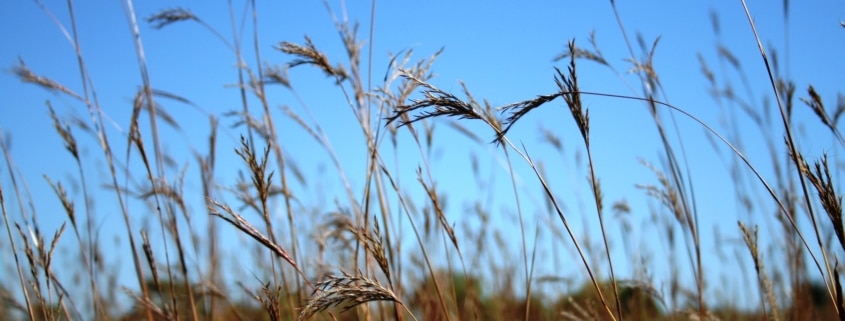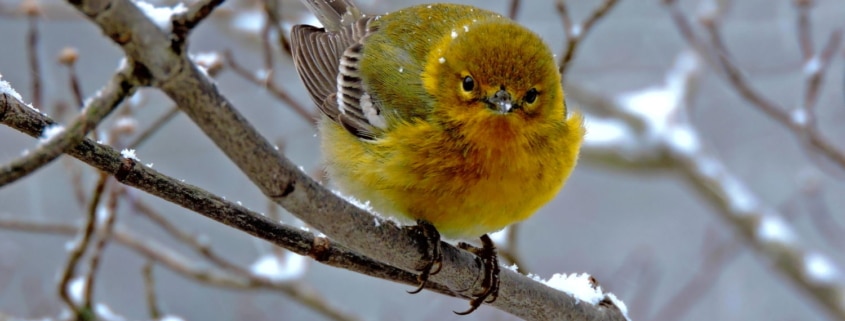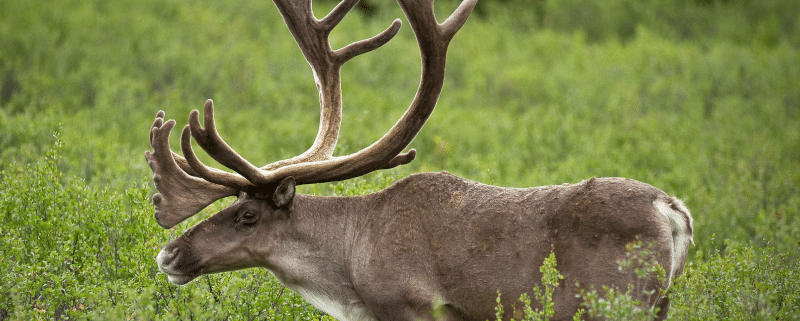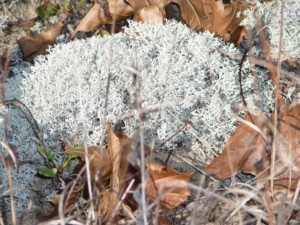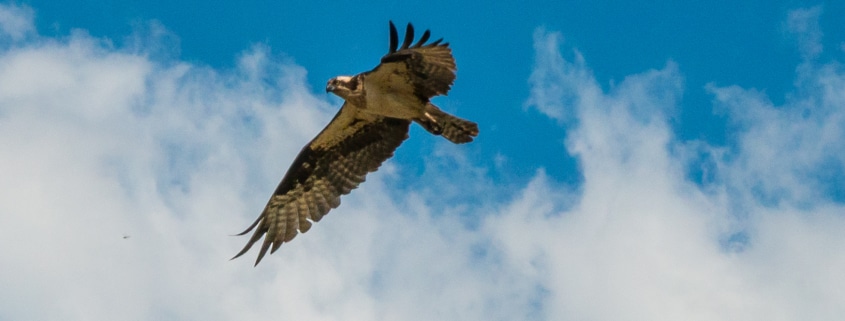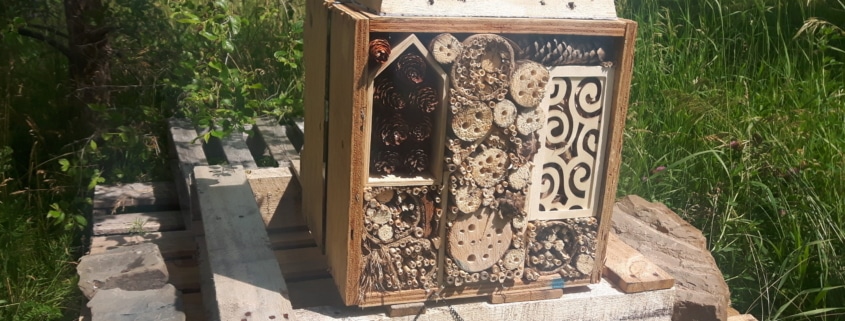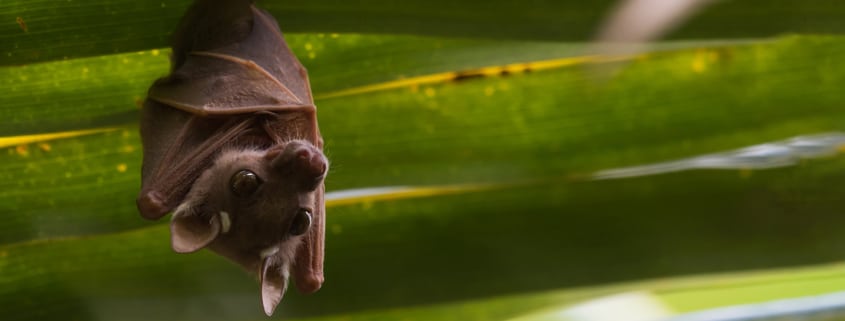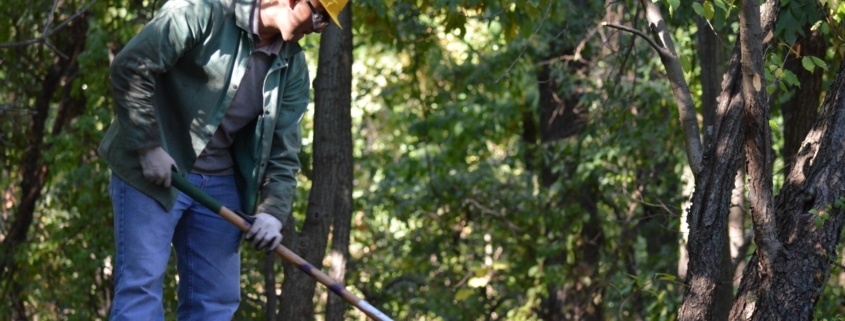This is the fourth in a series of monthly blog posts exploring the development of a new standard in corporate conservation certification.
In “Learning Through Disclosure,” an essay in Transparency in Global Environmental Governance, Graeme Auld and Lars Gulbrandsen show how two types of transparency—procedural transparency and outcome transparency—can impact the legitimacy of a recognition program. Procedural transparency focuses on governance and adjudication, providing a window into how a standard has been developed, who had a hand in developing the standard, and how the standard is defended. Outcome transparency shines a light on the activities being recognized. It holds certified entities to their stated practices and performance. When procedural transparency and outcome transparency overlap, an audience can understand the system in place for recognition and monitoring and view the level of compliance, and the standard can be considered legitimate.
There is enormous diversity in Voluntary Sustainability Standards (VSS) across the globe from what the standards seek to recognize to the methods through which they create and evaluate their recognitions. An alphabet soup of standards is applied to forestry, fisheries, agriculture, tourism, recreation, buildings, energy and municipal policies. Some of these standards are government initiatives –the EPA Energy Star program and the EU Renewable Energy Directive (RED) –others are private concerns developed by industry, civic institutions and academia. Some standards are complex and expensive, others are simple and direct. Regardless of originating entity, objective, scope or market, the one thing that successful standards share is a commitment to transparency.
In the USA and beyond, the U.S. Green Building Council’s LEED program shares its standards freely and openly to allow anyone to build to LEED standards, whether they seek LEED recognition or not. It also provides potential applicants for certification with a clear picture of how their efforts will score, thus providing a procedural transparency that enhances accessibility, increases uptake of the program and secures the program’s legitimacy. On the other hand, the Director General for Energy, the body that oversees the EU RED, provides information about its program on request only. In addition, RED has unclear assessment criteria, no timeline for recognition, and no clear administrative procedures for post-recognition evaluation. RED is widely perceived as being opaque and unfair.
Currently, WHC provides a measure of procedural and outcome transparency through its website and in its publications. Its members are listed, its governing board is identified and contact details and bios for all staff members are available. All certified programs are listed on the the WHC Index and details of the certification cycle are provided.
When it launches its new standard later this year, WHC will commit to radical transparency in an effort to adopt the best practices of VSS, in order to provide audiences with full and complete disclosure of procedures and outcomes, and incentivize conservation at the highest possible levels.
WHC will provide clear explanations of its new criteria. For the new standard, WHC developed a suite of Project Guidance documents that form the core content of the certification process, i.e, the objectives and project characteristics needed to reach certain levels of recognition. These documents were developed through a multi-stakeholder process that will be fully explained upon launch of the new standard. The Project Guidance documents then evolved into a series of criteria against which a project will be scored. The scoring is being developed in partnership with The Conservation Fund, and a full report on the scoring model will also be available. To facilitate consistent scoring by reviewers, the criteria have been further developed into a series of questions an applicant will be asked to answer. These questions will be freely available.
WHC will provide a clear explanation of its review process. Along with the publication of the scoring model, WHC will also provide an explanation of how each application is reviewed and the measures instituted to ensure consistency and objectivity across the entire process. Governance of the review process will also be addressed to illustrate how the integrity of the process is protected. The ability of an applicant to communicate with a reviewer will be laid out clearly, and limitations set on such communications will also be elucidated.
WHC will provide a clear explanation of the certified projects and their final scores. Currently, WHC provides descriptions of all its certified programs on the Conservation Registry. This valuable tool allows audiences to see what projects are being done where and by whom. With the new standard, WHC is making a commitment to continue contributing to the Conservation Registry, but also plans to provide more evaluative measures of each program through improved data collection. Final design of this data collection is underway, and it is WHC’s hope that all certified programs will be listed along with their final score, the tier of recognition they have achieved, and the conservation outcomes they are focused on, as well as the associated educational efforts and the results of community and employee engagement.
WHC will provide a clear explanation of governance over the new standard. All NGOs have governance bodies. WHC’s Board of Directors ensures regulatory compliance, strategic clarity and ethical leadership. It does not govern programming or content. It will not govern the new standard. To ensure the new standard is governed appropriately–that change is managed, updates reflect changes in the conservation context and best practices, and stakeholders remain key informants—WHC will convene a steering committee specifically focused on governance of the new standard, made up of conservation and education experts, industry and business representatives and those knowledgeable about standards.
This new standard of certification will allow WHC to further its mission to recognize conservation efforts on private lands and encourage more conservation.By providing procedural and outcome transparency, WHC will achieve its recognition goal in a manner that is meaningful, defensible, and that will inspire others to engage in activities to restore habitats and improve biodiversity, while educating and engaging communities and employees.


